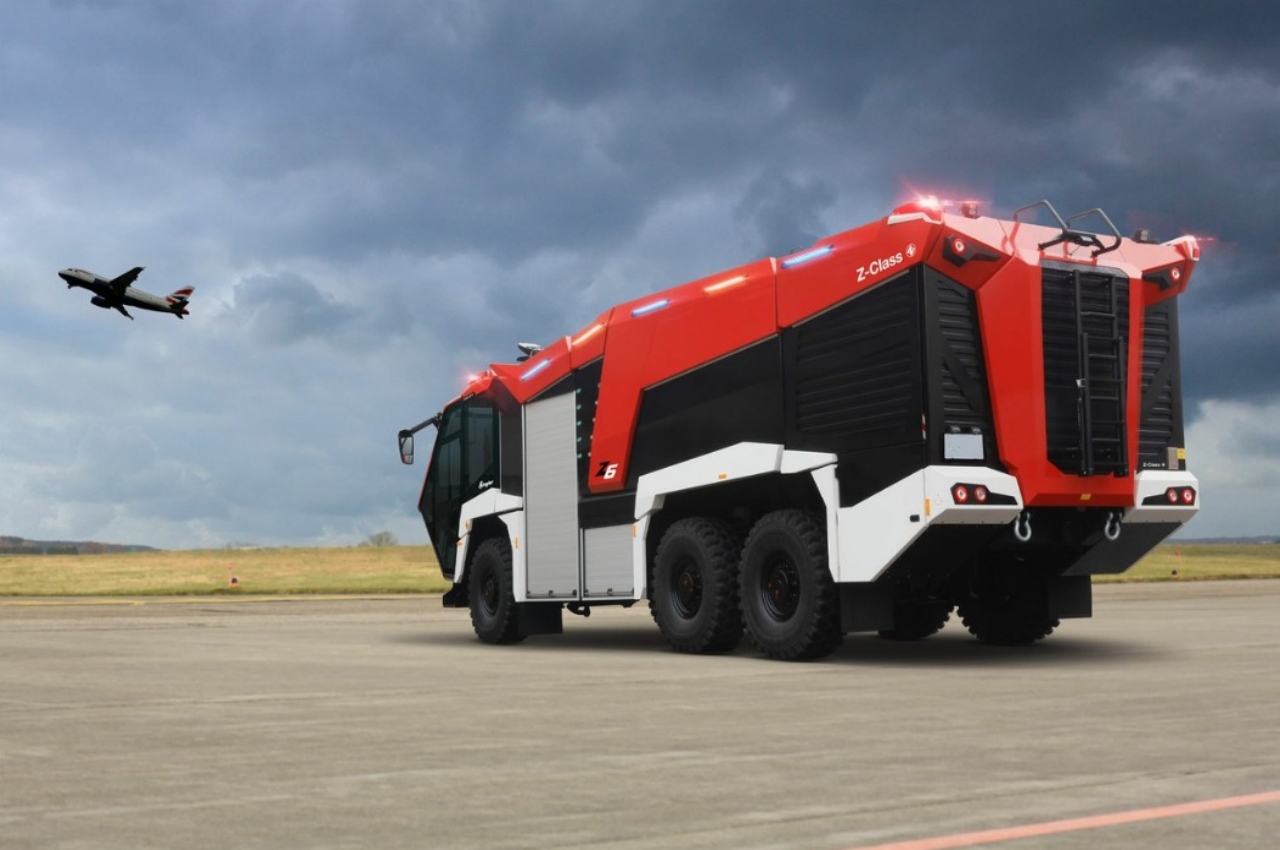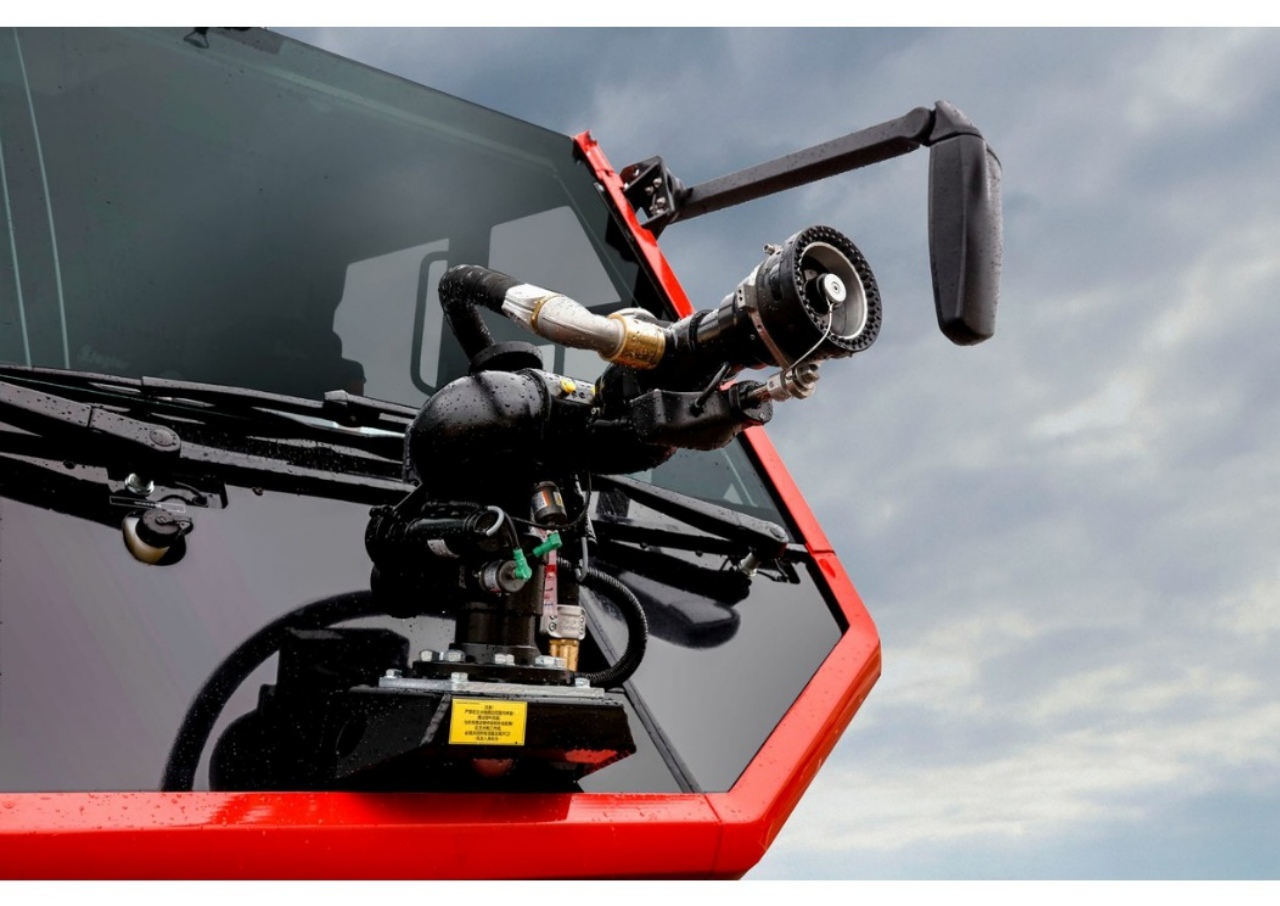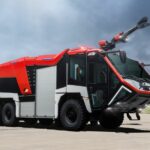Airport Rescue and Firefighting (ARFF) is critical to airport safety and emergency response systems worldwide. The acronym ARFF stands for Airport Rescue and Firefighting, encompassing specialized teams, equipment, and protocols designed to swiftly respond to aircraft emergencies on the ground and ensure the safety of passengers, crew, and airport personnel.
The Role of ARFF in Aviation Safety
ARFF services are indispensable to the aviation industry, focusing on rapid response and effective mitigation of fire-related incidents involving aircraft. These highly trained teams operate under stringent regulations and guidelines to handle a range of emergencies, from minor incidents to full-scale disasters. Their expertise is crucial in minimizing damage and saving lives during critical moments at airports around the globe.

History and Evolution
The origins of ARFF trace back to the mid-20th century when commercial aviation began to expand rapidly, necessitating specialized firefighting capabilities tailored to the unique challenges posed by aircraft accidents. The tragic events that highlighted the need for dedicated firefighting teams and equipment led to the development of standardized ARFF practices and training protocols.
Over the decades, advancements in technology, including improvements in firefighting foam, thermal imaging, and vehicle design, have significantly enhanced ARFF capabilities. Modern ARFF vehicles are equipped with cutting-edge firefighting agents and tools that enable rapid deployment and effective firefighting in diverse airport environments.
Core Functions and Responsibilities
ARFF units are tasked with several key responsibilities:
- Fire Suppression: ARFF vehicles are equipped with powerful pumps and specialized nozzles capable of delivering large volumes of firefighting foam or water-based agents to extinguish aircraft fires swiftly.
- Rescue Operations: ARFF personnel are trained in advanced rescue techniques, including aircraft extrication and casualty evacuation, to respond to emergencies involving trapped passengers or crew members.
- Emergency Medical Support: ARFF teams often include emergency medical technicians (EMTs) trained to provide immediate medical assistance to injured individuals at the scene of an incident.
- Hazardous Materials Response: Given the diverse nature of aircraft cargo, ARFF units are prepared to handle incidents involving hazardous materials, requiring specialized knowledge and protective equipment.
- Airport Safety Inspections: Beyond emergency response, ARFF personnel conduct regular inspections of airport facilities to identify potential fire hazards and ensure compliance with safety regulations.

Training and Certification
ARFF personnel undergo rigorous training programs to develop proficiency in firefighting techniques, emergency response coordination, and aircraft-specific hazards. Training includes simulated fire drills, scenario-based exercises, and ongoing education to stay abreast of industry developments and regulatory changes.
Certification requirements for ARFF firefighters vary by country and jurisdiction but typically involve a combination of classroom instruction, hands-on training, and practical examinations. Continuous training and certification renewal are essential to maintaining readiness and proficiency in dynamic airport environments.
Specialized Equipment and Vehicles
ARFF vehicles are specialized firefighting apparatuses designed to operate efficiently on airport runways and taxiways. Key features of ARFF vehicles include:
- High-capacity Water and Foam Tanks: To deliver firefighting agents rapidly and effectively.
- Rapid Intervention Capability: Quick deployment for immediate response to emergencies.
- Enhanced Visibility and Maneuverability: Equipped with advanced lighting and vehicle control systems for safe operation in low-visibility conditions.
- Integrated Rescue Equipment: Includes cutting tools, stretchers, and medical supplies for comprehensive emergency response.
Modern ARFF vehicles are engineered to withstand the unique challenges of airport environments, including extreme weather conditions and aircraft-specific hazards such as fuel fires and electrical arcing.

Global Standards and Regulations
ARFF operations adhere to international standards and guidelines established by organizations such as the International Civil Aviation Organization (ICAO) and national aviation authorities. These standards govern everything from minimum staffing requirements to equipment specifications and emergency response protocols, ensuring a consistent level of safety and preparedness across airports worldwide.
Challenges and Innovations
As aviation technology evolves, so too do the challenges faced by ARFF personnel. Emerging concerns include the handling of lithium-ion battery fires in electric aircraft and the integration of unmanned aerial vehicles (drones) into airport airspace. Innovations in firefighting technology, such as robotic systems and advanced thermal imaging, hold promise for enhancing ARFF capabilities and improving response times in future aviation emergencies.
Conclusion
Airport Rescue and Firefighting (ARFF) is a cornerstone of aviation safety infrastructure, providing essential emergency response services to protect lives and property during aircraft incidents. Through specialized training, state-of-the-art equipment, and adherence to rigorous standards, ARFF personnel uphold the highest standards of safety and preparedness at airports worldwide. As the aviation industry continues to grow and evolve, the role of ARFF remains indispensable in safeguarding the traveling public and maintaining the integrity of airport operations.








